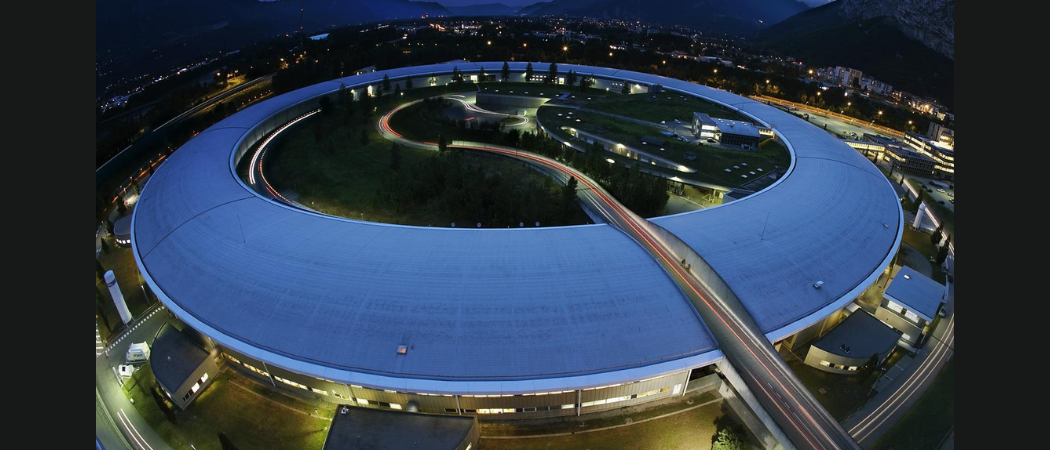A new report sets out the dramatic impact that rising costs are having on some of Europe’s critical science facilities and calls on governments and the Commission to step in

The European Synchrotron Radiation Facility in France, a major European research infrastructure. Photo: m_hkimmel / Flickr
Research infrastructures (RIs) in the EU are being “severely impacted” by the energy crisis sparked by Russia’s war in Ukraine, according to a report by the European Strategy Forum on Research Infrastructures (ESFRI) that sets out 23 recommendations to deal with this problem.
The report details the impact of spiralling energy costs, with five synchrotrons across Europe having prolonged planned interruptions to operations due to running costs, while overall 80% of 173 research infrastructures say they are struggling with higher energy prices.
On top of paying the bills, some 50 research infrastructures are facing shortages of key materials and products.
These are not exclusively linked to the war, but do include supplies of certain gases, of which Russia and Ukraine leading suppliers. Russia is also the exclusive provider of certain rare isotopes and some advanced research apparatus. For example, no replacement has been found to substitute for Russia’s supply of high-quality diamonds for X-ray optics.
Of the 23 recommendations in the report, 11 are aimed at national governments. Others are directed to European Commission, research infrastructures and at ESFRI itself.
The recommendations include increasing budgets and protecting research infrastructures from rising energy bills. There is also a more general call to assess which infrastructures are the most critical, to review key materials and planning for further supply shortages, and also to prepare for future, foreseeable crises.
Jana Kolar, chair of ESFRI and one of the report’s authors, called in particular for research infrastructures to be included in national measures to cap energy prices. Either that, or their budgets need to be increased. “This is the only thing that will solve the current energy crisis,” she said.
Without targeted support, science in Europe will suffer, said Kolar. “They are important for the future. If you consider climate change, the targets of 2030 can be reached by technologies and innovations that we have now, but not the 2050 targets. We need new discoveries. We cannot afford to stop science for several months.”
A number of research infrastructures have put in place measures or are preparing plans. However, they are not always in a position to act on their own initiative because policies are often set out by the institutions that own them, while the framework is set by national governments.
Research infrastructures, including computer systems, scientific instruments, archives or data infrastructures, are cornerstones of the EU’s European Research Area policy. The EU Council has highlighted their importance in several conclusions in recent years, and has called for “long-term sustainable investment.”
While synchrotrons are the most energy-intensive, other types of research infrastructures are also big energy consumers. In line with Europe’s climate ambitions, effort and investment is needed to “green them”, said Kolar. Many of problems they could confront in future are not predictable. “The one we can foresee is related to the greening of research infrastructures,” she said.
The report also calls on the European Commission to consider further EU-level funding to support sustainability, and cites the INFRATECH pilot on next generation scientific instrumentation, tools and methods as a good example.
The problems caused by the energy crisis and Russia’s economic isolation come after research infrastructures faced a significant test during the COVID-19 pandemic, when many scientists were unable to continue their research.
However, research infrastructures were able to switch to COVID-related projects to maintain funding. The current energy crisis is proving more damaging, Kolar said. “With COVID, the solutions were different. For the energy crisis, prices increased so dramatically that research infrastructures did not have the margin to cover it, and they cannot solve it themselves.”





 A unique international forum for public research organisations and companies to connect their external engagement with strategic interests around their R&D system.
A unique international forum for public research organisations and companies to connect their external engagement with strategic interests around their R&D system.